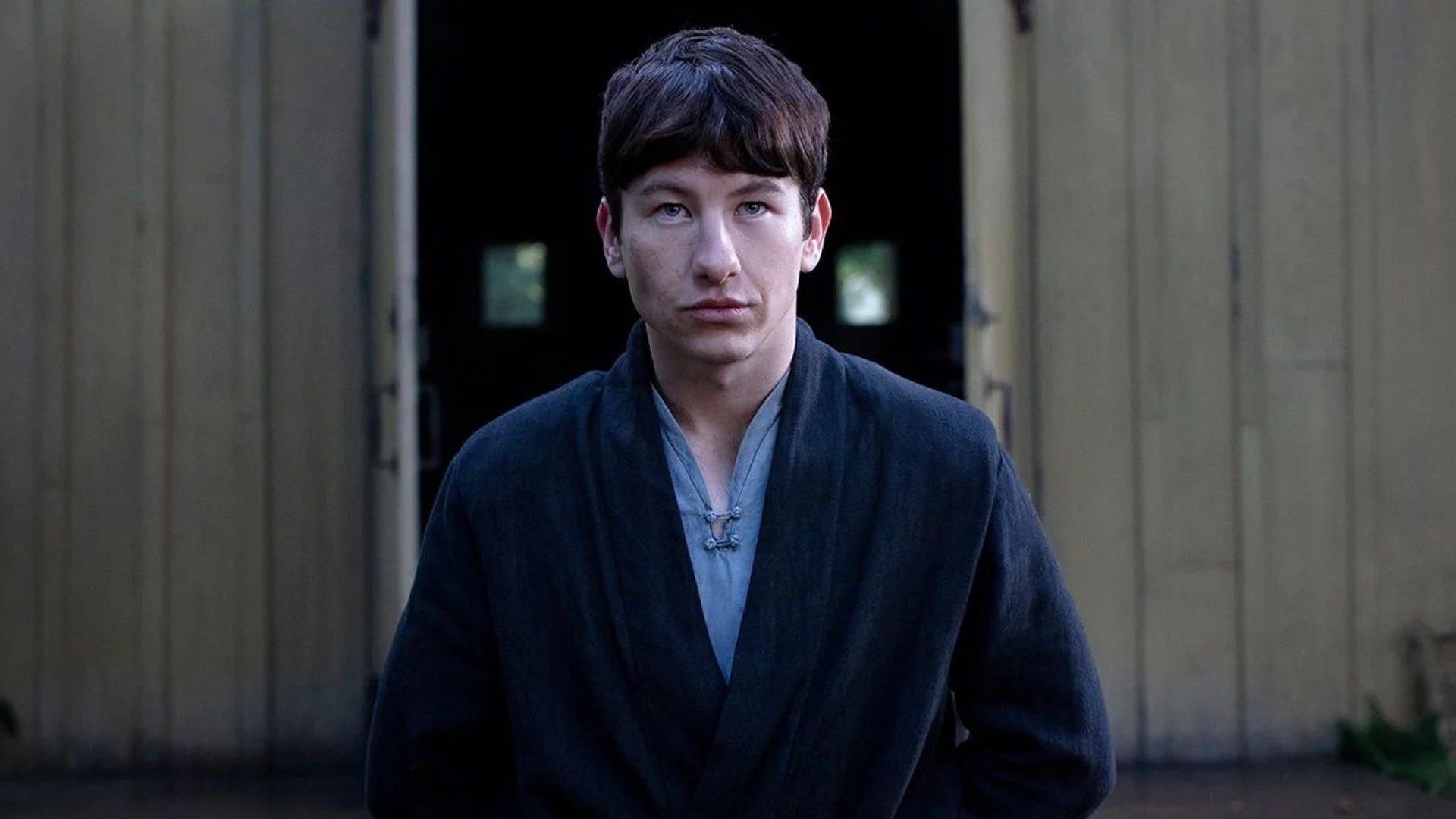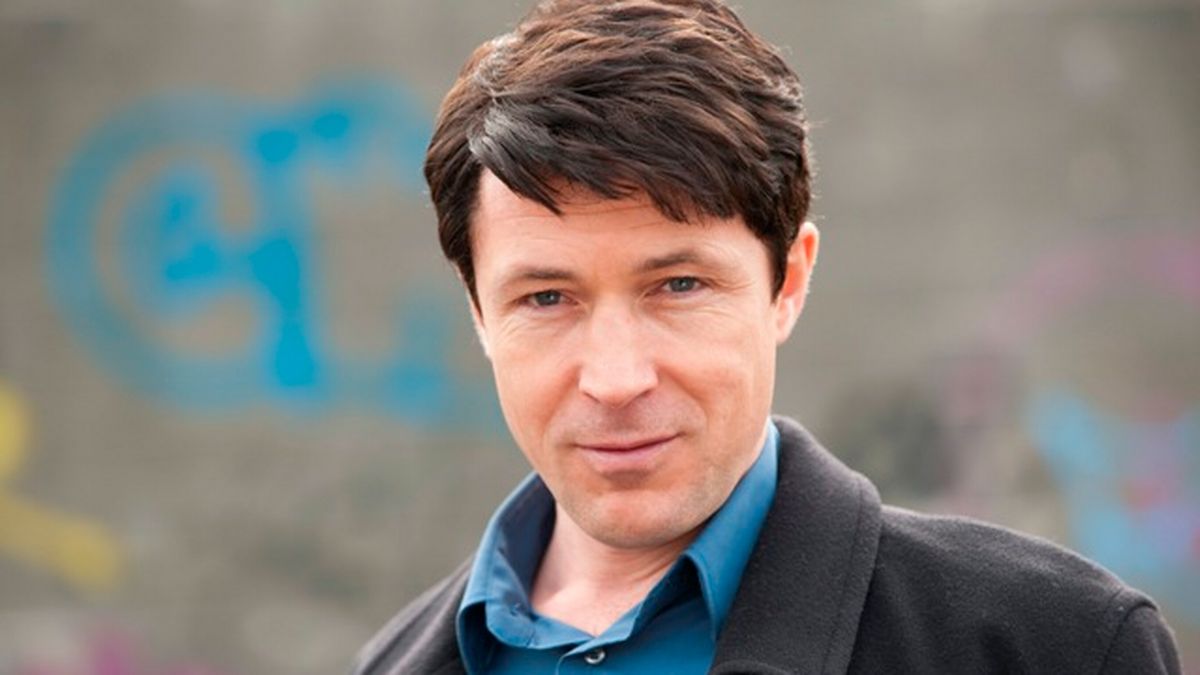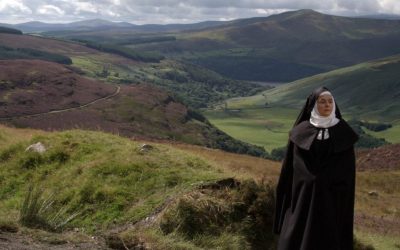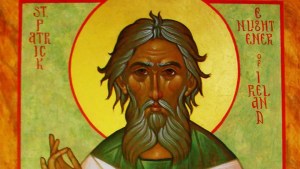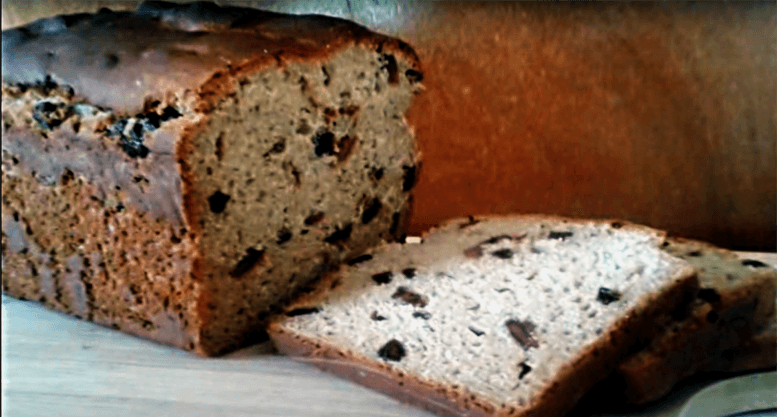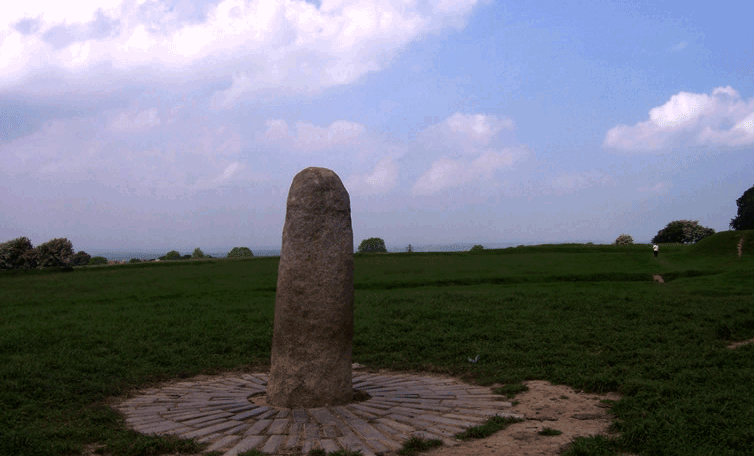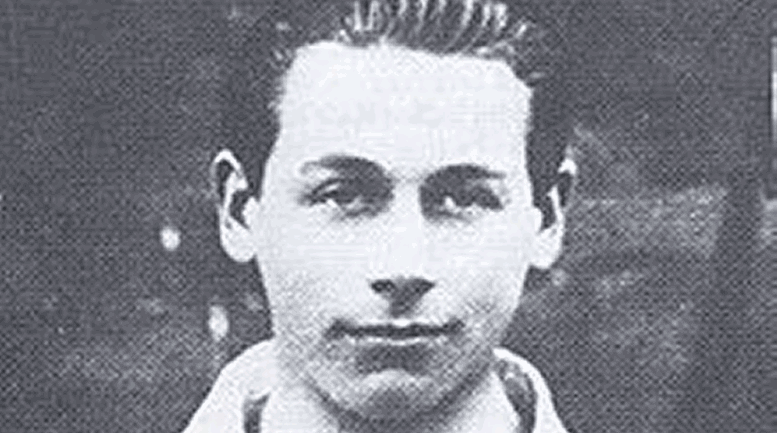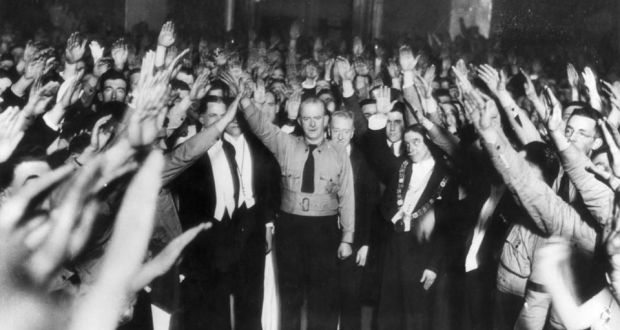Saint Finnian of Clonard, who also goes by,'Cluain Eraird', or Finian, 'Fionáin'. In Irish, he was one of the early monastic saints. He lived from around 470-549. He may have been born at Myshall, County Carlow.
St Finnian's early life
At an early age he was supposedly placed under the care of St Forthchern, by whose direction, it is said, he proceeded to Wales to perfect himself in holiness and sacred knowledge under the great saints of that country.
After a long period of time there, thirty years according to the Salamanca MS; he returned Ireland and traveled from place to place, preaching, teaching, and founding churches, most noticeably at Skellig Michael or Great Skellig eight miles off the coast of County Kerry, Ireland, which is now a UNESCO World Heritage Site.
The story has it that finally, he was at last led by an angel to Cluain Eraird, which he was told would be the place of his resurrection. Here he built a little cell and a church of clay and wattle, which after some time gave way to a substantial stone structure. Here he entered on a life devoted to study, mortification, and prayer.
Clonard Abbey is founded
The fame of his learning and sanctity was soon noised abroad, and scholars of all ages flocked from every side to his monastic retreat. Everyone from young laymen and clerics to abbots and bishops.
From then onwards he is known for founding Clonard Abbey in Meath, Ireland which was founded in 520. The twelve apostles of Ireland studied under him, at the abbey.
During its heyday, a hymn written in Finnian's honor claimed that the monastery's school housed 3,000 pupils receiving religious instruction at any given time.
From the eighth century onwards, Clonard came under the control of various rival political dynasties, and by the mid-ninth century, it was the leading church of the Irish midlands.
The abbot of Clonard led the clergy of the midlands in the same fashion that the abbot of Armagh led those in the north. Like many monastic sites in Ireland, Clonard suffered heavy losses under the Viking raids of the ninth through eleventh centuries.
The abbey is still there today, and attracts many visitors each year, from all the world.

